The Terpene That Defines Many Cannabis Strains
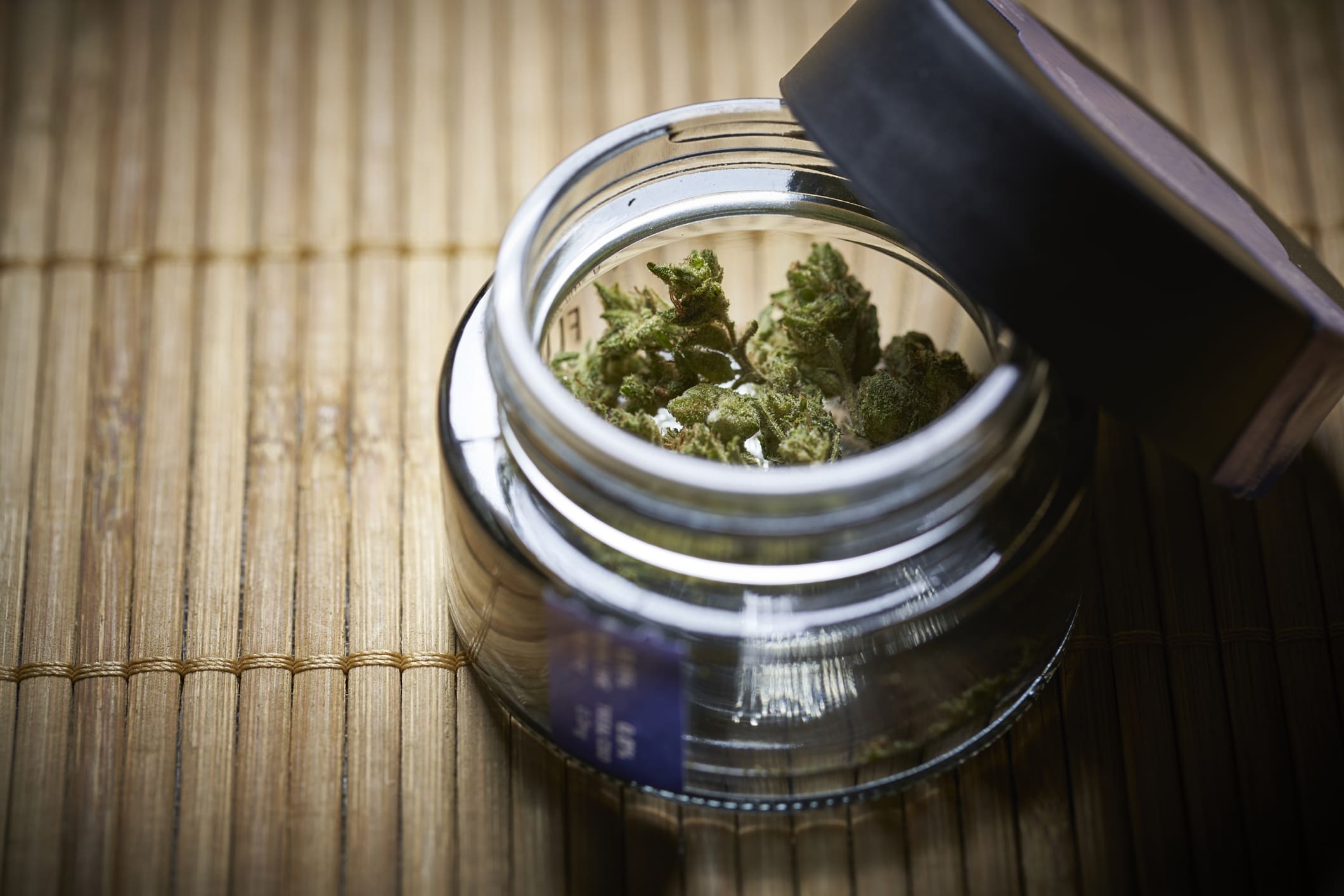
Introduction
The Multifaceted World of Pinene
In the labyrinthine world of cannabis, where cannabinoids often steal the show, terpenes like pinene play a crucial but understated role. These aromatic compounds are the unsung heroes, shaping not just the scent but also the effects and medical benefits of different cannabis strains. Pinene, in particular, is a terpene that’s as ubiquitous as it is fascinating. It’s not just confined to the realm of cannabis; this compound is a natural artist, painting its essence across a broad spectrum of plants. But let’s not get ahead of ourselves. In this comprehensive guide, we’ll delve deep into pinene, exploring its characteristics, its role in cannabis, and its wider applications.
Now, you might be wondering why Pinene is worth your attention. Well, for starters, it’s one of the most common terpenes in nature, and its influence extends far beyond the cannabis plant. From the piney aroma that fills the air during a forest hike to its potential health benefits, pinene is a terpene that wears many hats. And for those of us who revel in the complex tapestry of cannabis, understanding Pinene can offer new layers of appreciation. So, whether you’re a cannabis connoisseur, a budding botanist, or just someone intrigued by the intricate world of terpenes, this guide is your ticket to understanding Pinene in all its glory.
Unveiling Pinene: A Ubiquitous Yet Intriguing Terpene
Scientific Classification and Structural Characteristics
Pinene is a bicyclic monoterpene, meaning it has a two-ring structure. It exists in two isomeric forms: α-pinene and β-pinene. These isomers are not just scientific jargon; they have distinct properties and are found in different plants. “Two geometric isomers of pinene are found in nature, α-pinene and β-pinene” – Source. Now, why should this matter to you, especially if you’re interested in cannabis? Well, each isomer has a unique interaction with cannabinoids, contributing to the much-discussed ‘entourage effect’ in cannabis.
The structural characteristics of pinene are not just a chemist’s delight; they have practical implications, too. For instance, α-pinene is known for its sharp, pine-like aroma, while β-pinene has a more woody, earthy scent. These subtle differences can significantly influence the aroma and effects of various cannabis strains. So, the next time you’re enjoying a joint and detect a hint of pine or earth, you’ll know which isomer of pinene is likely at play.
The Two Isomeric Forms: α-Pinene and β-Pinene
When it comes to pinene, one size doesn’t fit all. As mentioned earlier, this terpene exists in two primary isomeric forms: α-pinene and β-pinene. Each has its unique characteristics, contributing differently to the aroma, flavour, and even the medicinal properties of cannabis. α-Pinene is the more common of the two and is often associated with the fresh, invigorating scent of pine needles. β-Pinene, on the other hand, has a subtler, more complex aroma, often described as woody or even slightly herbal. “Both enantiomers are known in nature; (1S,5S)- or (−)-α-pinene is more common in European pines, whereas the (1R,5R)- or (+)-α-isomer is more common in North America” – Source.
Understanding these isomers is crucial for anyone keen on diving deep into the world of cannabis terpenes. Not only do they influence the sensory experience, but they also play a role in the entourage effect, modulating how cannabinoids interact with our body’s receptors. So, whether you’re selecting a cannabis strain for recreational use or medicinal purposes, knowing the type of pinene present can offer valuable insights into the expected effects and benefits.

The Nature of Pinene
Origin and Natural Occurrences
Pinene is a ubiquitous terpene found not just in cannabis but also in a plethora of other plants. It’s the primary terpene in pine trees, where it gets its name. But its reach extends far beyond the coniferous forests. You’ll find pinene in rosemary, basil, and some citrus fruits. “α-Pinene is the most widely encountered terpenoid in nature and is highly repellant to insects” – Source. This wide distribution makes pinene one of the most researched and understood terpenes, especially in the context of cannabis.
The natural occurrences of pinene are not just a botanical curiosity; they have implications for cannabis users, too. The terpene’s widespread presence means it has been part of traditional medicine in various cultures and is often used for its anti-inflammatory and bronchodilator effects. So, the next time you’re choosing a cannabis strain rich in pinene, know that you’re partaking in a compound with a rich history and diverse natural occurrences.
Aroma Characteristics: The Piney Essence
When it comes to the aroma profile of pinene, the name pretty much gives it away. The terpene is responsible for the fresh, piney scent many associate with a walk in the woods. But there’s more to it than just the smell of pine. Depending on its isomeric form, pinene can also offer subtle undertones of rosemary, basil, and even turpentine. “Pinene has a distinctive piney aroma and is a major component of the essential oils of rosemary and sage” – Source.
In the context of cannabis, the aroma of pinene can be a major selling point. Pinene-rich varieties are often the go-to choice for those who prefer strains with a refreshing, herbal scent. The terpene’s aroma doesn’t just make for a pleasant smoking experience; it also hints at the strain’s potential effects and benefits, thanks to the entourage effect.
Pinene In Cannabis
– Pinene Cannabis Strains
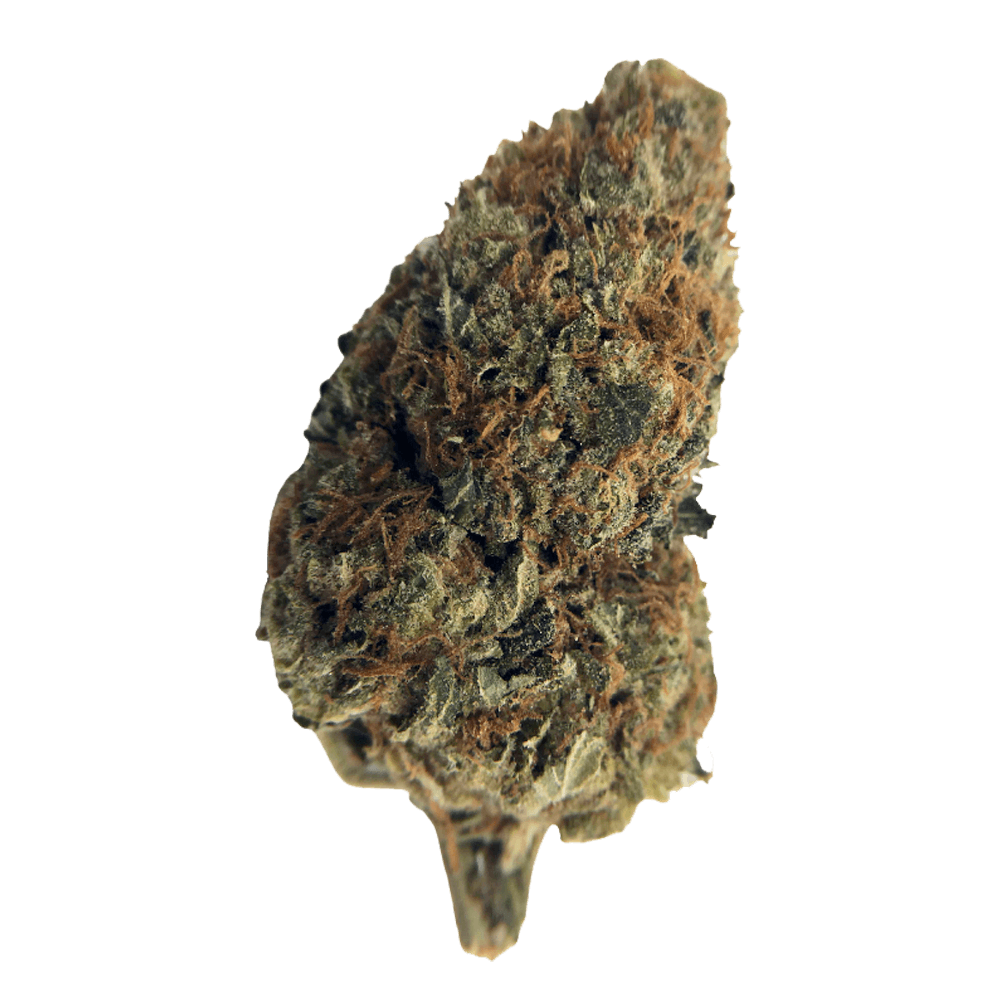
AK-47
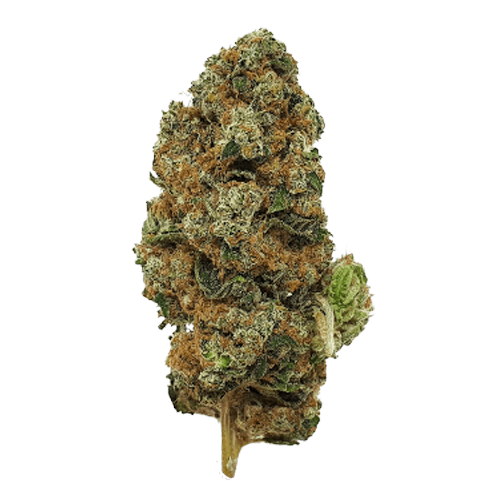
Banana Mac
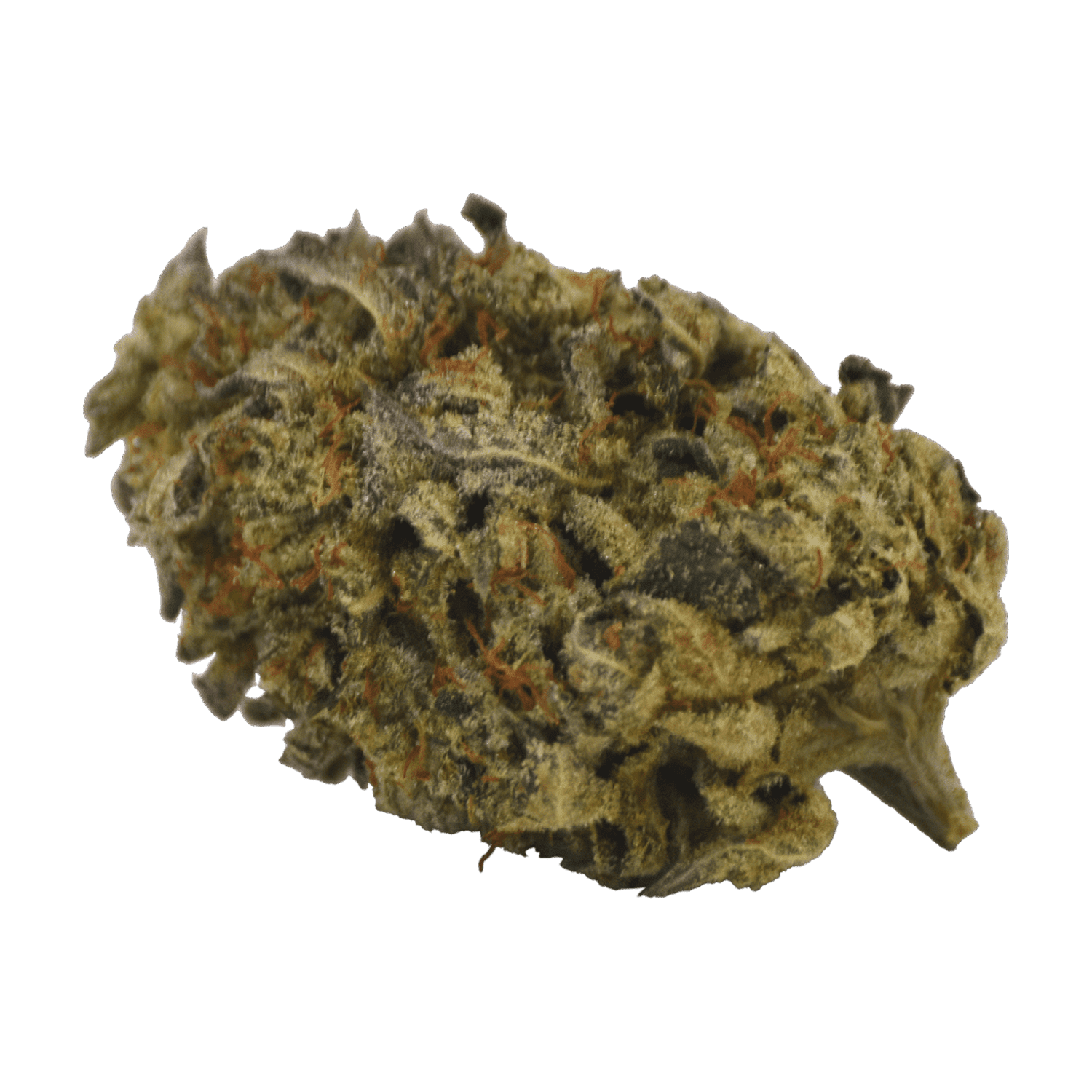
Khalifa Mints
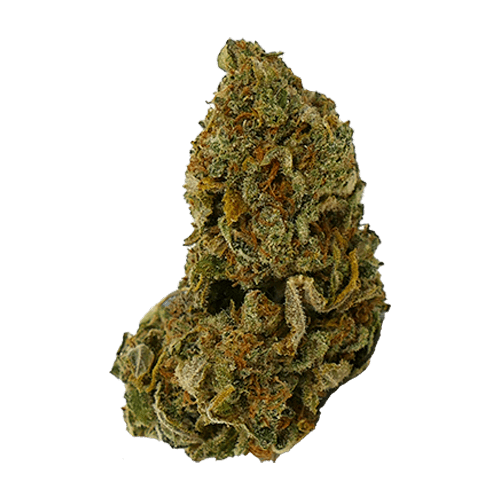
Stardawg
Pinene in Cannabis
– Prevalence in Different Strains
Pinene is a common terpene in cannabis, but its concentration can vary significantly between strains. While it’s more prevalent in sativa strains, you can also find it in some indica and hybrid varieties. “Strains high in pinene include Jack Herer, Chem dawg, and Bubba Kush”. This variability means that pinene can influence various effects, from the uplifting and refreshing sensations associated with sativa to the more relaxing and soothing effects of indica.
Understanding the prevalence of pinene in different strains can be a game-changer, especially for medicinal cannabis users. The terpene’s potential anti-inflammatory and bronchodilator effects make it a valuable component in strains used for treating conditions like asthma and arthritis. So, if you’re looking to tailor your cannabis experience, paying attention to the pinene content is a good place to start.
– The Entourage Effect: Pinene’s Synergistic Role
The entourage effect is a term that’s often thrown around in cannabis circles, but what does it mean in the context of pinene? Simply put, it refers to the synergistic interaction between various cannabis compounds, enhancing their individual effects. Pinene plays a significant role in this. “Pinene can increase alertness and counteract some of the intoxicating effects of THC”.
This synergistic role of pinene extends beyond just modulating THC’s effects. It can also interact with other terpenes and cannabinoids to produce various effects, from reducing anxiety to improving memory retention. For those interested in the medicinal benefits of cannabis, understanding the entourage effect and pinene’s role in it can be incredibly beneficial.
– Identifying High-Pinene Strains
If you’re on the hunt for cannabis strains rich in pinene, there are several ways to go about it. Lab-tested products often provide a terpene profile, giving you an idea of the pinene content. “High-pinene strains often have a piney aroma, and may smell like rosemary, basil, or parsley”.
Awareness of the aroma can also be a quick and easy way to identify high-pinene strains. The strong piney or herbal scent is usually a dead giveaway. Whether you’re a recreational user looking for a specific aroma or a medicinal user seeking particular health benefits, knowing how to identify high-pinene strains can greatly enhance your cannabis experience.
– Pinene Cannabis Strains
When it comes to cannabis strains rich in pinene, you’re spoilt for choice. From the uplifting Jack Herer to the relaxing Bubba Kush, the options are plentiful. “Blue Dream, Harlequin, and OG Kush are also strains high in pinene” .
Each of these strains offers a unique profile of effects thanks to the entourage effect. So, whether you’re looking for something to lift your spirits or help you unwind after a long day, a pinene-rich strain is likely just right for you. And given the terpene’s potential health benefits, opting for a high-pinene strain could add an extra layer of goodness to your cannabis experience.
Beyond Cannabis: Pinene’s Broad Spectrum
– Pinene in Conifers and Herbal Medicine
While the focus of this article is pinene as a cannabis terpene, its influence extends far beyond the leafy realms of the marijuana plant. One of the most prominent natural sources of pinene is, unsurprisingly, coniferous trees. The terpene is responsible for that invigorating forest aroma we all know and love. But it’s not just about the scent; pinene from conifers has been used in traditional herbal medicine for centuries. “In traditional medicine, α-pinene was used as an anti-cancer agent, anti-inflammatory, and for its wound healing properties” .
The use of pinene in herbal medicine is a testament to its versatility and efficacy. Whether it’s the anti-inflammatory properties or its potential as an anti-cancer agent, pinene sourced from conifers has made its mark in traditional medicine. This broadens the scope of pinene’s importance, especially for those interested in its role in cannabis, offering a fuller understanding of this multifaceted terpene.
– From Rosemary to Pine Trees: Diverse Sources of Pinene
Pinene’s reach isn’t limited to conifers and cannabis; it’s found in many plants, including herbs like rosemary and sage. This diversity makes pinene one of the most commonly encountered terpenes in nature. “Pinene is found in conifers and also in non-coniferous plants like rosemary, dill, basil, and parsley” .
The diverse sources of pinene not only make it a fascinating subject for botanists but also add another layer of complexity for cannabis enthusiasts. Knowing that the terpene is found in such a wide range of plants can deepen our appreciation of its role in cannabis, while also hinting at its broader applications in both the culinary and medicinal worlds.
– Pinene’s Role in Traditional Medicine
The role of pinene in traditional medicine is both rich and varied. From its use in Chinese medicine to treat asthma to its role in Ayurvedic practices as an anti-inflammatory agent, pinene has been a staple in various healing traditions. “In traditional Chinese medicine, pinene has been used for its anti-cancer and anti-inflammatory properties” – Source.
This historical use of pinene extends its significance beyond just being a component of cannabis. For those interested in the medicinal applications of cannabis, understanding pinene’s role in traditional medicine can offer valuable insights into how it might be used today, both as a standalone treatment and as a part of cannabis-based therapies.

Pinene in the Culinary World
– The Aromatic Influence on Food and Cooking
Pinene’s aromatic profile isn’t just a hit in the cannabis world; it also has applications in the culinary arts. The terpene’s piney, herbal notes can add a unique twist to various dishes, from meats to desserts. While research on pinene’s culinary uses is limited, its presence in herbs like rosemary and basil suggests potential applications. “Pinene’s aroma is often described as resembling rosemary, used in various culinary dishes” .
The influence of Pinene in the culinary world is yet another feather in its cap. For cannabis users interested in edibles, understanding the terpene’s aromatic influence can offer new avenues for experimentation, adding a gourmet touch to cannabis-infused dishes.
Pinene in the Perfume and Cosmetic Industry
– Fragrances, Soaps, and Beyond
Pinene’s aromatic versatility makes it a popular choice in the perfume and cosmetic industry. Its fresh, piney scent is a base note in many fragrances, adding depth and complexity. Moreover, pinene is often used in soaps, lotions, and other cosmetic products for its pleasant aroma and potential skin benefits. “Pinene is used in cosmetics, hygiene products, and perfumes” – Source.
The terpene’s role in the cosmetic industry adds another dimension to its impressive profile. For cannabis users, this could mean the possibility of pinene-rich topicals and beauty products, offering not just the therapeutic benefits of cannabis but also the refreshing aroma of this versatile terpene.
The Healthful Promises of Pinene
– Anti-inflammatory Potential
Pinene isn’t just a sensory delight; it’s also a powerhouse of potential health benefits. One of the most promising areas of research is its anti-inflammatory properties. This is particularly relevant for cannabis users, as inflammation is a common ailment that many seek to alleviate with cannabis products. “α-Pinene shows anti-inflammatory activity by inhibiting the nuclear factor kappa B (NF-κB) pathway” – Source.
The anti-inflammatory potential of pinene could be a game-changer in the realm of natural remedies, offering a non-pharmaceutical option for those dealing with chronic inflammation. For cannabis enthusiasts, this means that strains rich in pinene could offer additional health benefits, making it a terpene to watch in future cannabis research.
– Bronchodilator Properties: A Breath of Fresh Air?
Another intriguing aspect of Pinene’s healthful promises lies in its bronchodilator properties. This could be particularly beneficial for those dealing with respiratory issues like asthma. “α-Pinene has been shown to have bronchodilator properties when inhaled” – Source.
The bronchodilator properties of pinene could offer a natural alternative to traditional asthma treatments, providing a breath of fresh air for those struggling with respiratory issues. For cannabis users, this could mean that pinene-rich strains might offer additional respiratory benefits, adding another layer of therapeutic potential to this already fascinating terpene.
– Anti-anxiety Prospects
Pinene’s potential doesn’t stop at the lungs but has promising anti-anxiety prospects. This is particularly relevant for cannabis users who may experience anxiety or paranoia when consuming THC-rich strains. “α-Pinene appears to counteract some of the adverse effects of THC, including its ability to induce anxiety” – Source.
The anti-anxiety prospects of pinene could make it a key player in the development of cannabis strains designed to minimize anxiety. This adds another dimension to Pinene’s role in cannabis, making it not just a contributor to aroma and flavou but also a potential modulator of the cannabis experience.
– Antioxidant Benefits: Nature’s Shield?
The healthful promises of pinene extend even further, touching upon its antioxidant benefits. “α-Pinene has demonstrated antioxidant properties, which could be beneficial in conditions like arthritis” – Source.
The antioxidant prowess of pinene could offer a natural shield against the damaging effects of free radicals, which are implicated in a range of chronic diseases. For cannabis users, this means that pinene-rich strains could offer additional health benefits, making it a terpene worth exploring for those interested in the healthful promises of cannabis.

Environmental Impact
– The Aroma of Forests and Air Quality
Pinene doesn’t just impact the cannabis world; it also plays a role in our broader environment. The terpene contributes to the characteristic aroma of forests, which has been shown to have various health benefits, including stress reduction. Moreover, pinene can influence air quality. “Pinene is a major component of biogenic volatile organic compounds (BVOCs), which have a role in atmospheric chemistry”.
The environmental impact of pinene adds another layer to its complex profile. For cannabis users, this could offer a new perspective on the importance of terpenes, not just in the cannabis experience but also in our broader interaction with the natural world.
Scientific Inquiries and Future Directions
– Current Research Landscape
The scientific landscape surrounding Pinene blends established findings and burgeoning research. While its role in traditional medicine and its presence in various plants are well-documented, the terpene is increasingly becoming a subject of scientific inquiry, especially in the context of cannabis. “α-Pinene has been studied for its anti-inflammatory, anti-cancer, and anti-anxiety properties, among others” – Source.
For cannabis enthusiasts, this growing body of research is a treasure trove of information, offering insights into how pinene-rich strains could offer a range of health benefits. The current research landscape paints a picture of a terpene that’s as complex as it is promising, making it a subject ripe for further exploration.
– Example Studies
Delving into specific studies can offer a more nuanced understanding of pinene’s potential. For instance, one study found that α-pinene exhibited anti-inflammatory effects by inhibiting certain pathways in human chondrocytes, suggesting a potential role in combating osteoarthritis. Another study highlighted its bronchodilator properties, particularly when inhaled, offering potential benefits for those with respiratory issues.
These example studies bolster the growing evidence surrounding pinene’s health benefits. For cannabis users, this could mean a greater understanding of how different strains could impact their health and well-being, offering more informed choices when it comes to selecting cannabis products.
– Uncharted Territories: What More to Uncover?
While the existing research on pinene is promising, there’s still much to uncover. Questions around its interactions with other cannabinoids and terpenes, its precise mechanisms of action, and the full spectrum of its health benefits are among the many facets awaiting further exploration. “The potential interactions of α-pinene with other cannabinoids and terpenes are not yet fully understood” – Source.
The uncharted territories of pinene research beckon with the promise of deeper understanding and discoveries. For those of us enamoured with cannabis, this means that the story of pinene is far from complete, offering exciting possibilities for future research and applications.

Regulatory Status
Navigating the regulatory waters of pinene in the UK, especially when it comes to its role in cannabis, is a bit of a legal maze. While pinene itself is generally deemed safe and is found in a variety of everyday products, its status can get a bit murky when derived from cannabis. In the UK, cannabis is classified as a Class B controlled substance under the Misuse of Drugs Act 1971, which can have implications for terpenes like pinene that are extracted from cannabis plants.
This legal convolution adds another intriguing chapter to the story of Pinene, making it as much a subject of legal debate as it is of scientific exploration. For those of us in the UK who are keen on cannabis, understanding the regulatory landscape surrounding pinene is crucial. It offers insights into what’s permissible, what’s not, and what might be on the horizon, both legally and scientifically.
Summary
As we traverse back through the realms explored, the multifaceted narrative of pinene unfolds as a blend of aromatic allure, therapeutic promise, and a beacon of scientific curiosity. From the refreshing aroma of forests to the promising horizon of scientific inquiry, pinene is a testament to the boundless curiosity and the relentless pursuit of understanding that characterizes the human spirit.
The journey from the heart of nature to the precipice of scientific discovery with Pinene exemplifies the connection between the botanical world and human well-being. As the scientific community ventures further into the mysteries shrouding pinene, the anticipation is to unveil a narrative that’s not only fascinating but holds a promise of better health, a deeper understanding of cannabis, and a broader appreciation of the natural world.